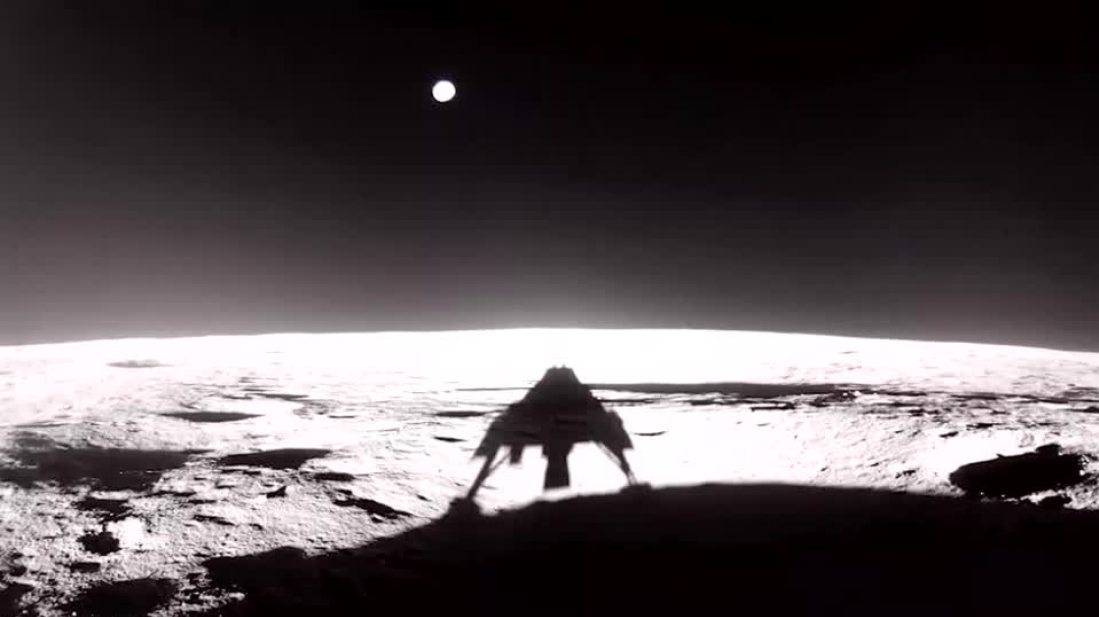Iran sees surge in protests as unrest spreads nationwide
Protests continued into another day in Iran, with crowds returning to the streets despite mounting pressure from the authorities. By scale and spread,...

NASA officials on Tuesday said the agency's first crewed flight in its Artemis programme - a trip around the moon and back - is on track for launch in April and could potentially be moved up to February 2026.
The space agency's Artemis programme is the flagship U.S. effort to return humans to the moon, a multibillion dollar series of missions that rivals a similar effort by China, which is aiming for a 2030 astronaut moon landing.
Artemis 2, a 10-day flight in which a crew of four astronauts will fly around the moon and back, is a precursor test to the agency's first astronaut moon landing since 1972.
That mission, Artemis 3, is a far more ambitious and complex endeavor currently planned for 2027 and involving a moon lander variant of SpaceX's Starship rocket.
Artemis 2 involves NASA's Space Launch System rocket, built by Boeing and Northrop Grumman, and its Orion capsule, built by Lockheed Martin. Last year, NASA delayed the mission by several months to April 2026.
"We intend to keep that commitment," Lakiesha Hawkins, an acting senior official in NASA's exploration unit, said during a news conference on Tuesday of the 2026 date.
She added that the readiness of NASA's and Orion spacecraft could potentially warrant an earlier launch date, but that safety considerations will ultimately guide when the mission launches.
The Orion capsule will ride atop the giant, 98 metres (322-foot-tall) SLS rocket from NASA's Kennedy Space Center in Florida, the first time the spacecraft duo will fly with humans.
Artemis 2 will fly astronauts Reid Wiseman, the mission's commander who last flew on a Russian Soyuz rocket to the International Space Station in 2014; Victor Glover, the pilot who flew to space in 2020 on a SpaceX ISS mission; Christina Koch, a mission specialist who flew on a Soyuz ISS mission in 2019; and Canadian astronaut Jeremy Hansen, another mission specialist who will fly to space for the first time.
Hansen's inclusion will mark the first Canadian to fly in the vicinity of the moon.
Germany’s foreign intelligence service secretly monitored the telephone communications of former U.S. President Barack Obama for several years, including calls made aboard Air Force One, according to an investigation by the German newspaper Die Zeit.
Israeli media report that Israeli Prime Minister Benjamin Netanyahu chaired a lengthy security meeting that reportedly focused on the country’s regional threats, including Gaza, Lebanon, and Iran.
U.S. President Donald Trump said on Sunday (4 January) that the United States could carry out further military action in Venezuela following the capture of President Nicolás Maduro. Speaking to reporters aboard Air Force One, he said Washington now effectively controls the country.
At the end of last year, U.S. President Donald Trump was reported to have raised the Azerbaijan–Armenia peace agenda during a conversation with Israel’s prime minister, warning that if peace were not achieved, Washington could raise tariffs on both countries by 100 percent.
President Ilham Aliyev said 2025 has politically closed the Armenia-Azerbaijan conflict, as a Trump-era reset in U.S. ties, new transport corridors and a push into AI, renewables and defence production reshape Azerbaijan’s priorities.
Tesla delivered 1.64 million vehicles in 2025, down 9%, as BYD becomes the top EV maker.
SpaceX will gradually lower 4,400 Starlink satellites this year to improve space safety.
Poland has asked the European Commission to investigate TikTok after artificial intelligence-generated content calling for the country to leave the European Union appeared on the platform, which Warsaw says was likely Russian disinformation.
Tianhui-7 satellite to be used for geographic mapping, land resource surveys, and scientific research.
Iran successfully launched three satellites on Sunday using a Russian Soyuz rocket from Russia’s Far East, marking the latest stage in growing Iran-Russia space cooperation.
You can download the AnewZ application from Play Store and the App Store.

What is your opinion on this topic?
Leave the first comment